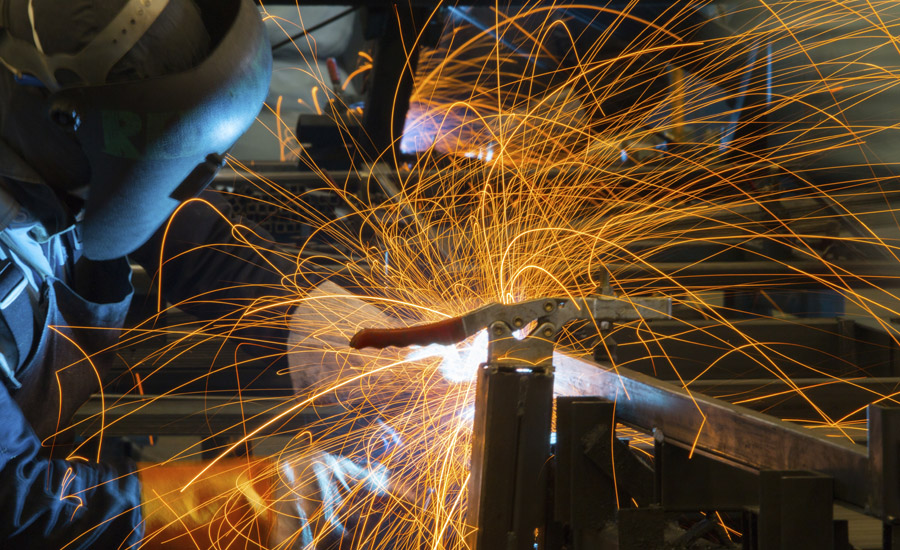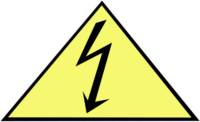Electric shock
Electric shock is one of the most serious and immediate risks facing a welder. Electric shock occurs when welders touch two metal objects that have a voltage between them, inserting themselves into the electrical circuit.
The most common type of electric shock is secondary voltage shock from an arc welding circuit, which ranges from 20 to 100 volts. A shock of 50 volts or less can be enough to injure or kill an operator, depending on the conditions.
Primary voltage shock may occur when a welder touches electrically “hot” parts inside the welder case or the electric distribution system to which the welder is connected. This action can lead to a shock of 230 or 460 volts.
Fumes and gases
Welding fume contains potentially harmful complex metal oxide compounds from consumables, base metal and the base-metal coatings, so it’s important to keep your head out of the fumes and use enough ventilation and/or exhaust to control your exposure to substances in the fume, depending on the type of rod and base metal being used.
The specific potential health effects which relate to the welding consumable product being used can be found in the Health Hazard Data section of the Safety Data Sheet available from your employer or the consumable manufacturer.
Fire and explosions
The welding arc creates extreme temperatures, and may pose a significant fire and explosions hazard if safe practices are not followed. The welding arc may reach temperatures of 10,000 degrees Fahrenheit, but the real danger is not the arc itself, rather the intense heat near the arc and the heat, sparks and spatter created by the arc. This spatter can reach up to 35 feet away from the welding space.
Injuries from insufficient PPE
Synthetic material such as polyester or rayon will melt when exposed to extreme heat. Welding leathers are especially recommended when welding out of position, such as applications that require vertical or overhead welding.
Avoid rolling up sleeves or pant cuffs, as sparks or hot metal will deposit in the folds and may burn through the material. Keep pants over the top of work boots – don’t tuck them in. Even when wearing a helmet, always wear safety glasses with side shields or goggles to prevent sparks or other debris from hitting the eyes. Leather boots with 6-to-8-inch ankle coverage are the best foot protection; metatarsal guards over the shoe laces can protect feet from falling objects and sparks. It will not be pleasant if a hot piece of spatter finds its way inside your clothing or shoes.
Source: by John Petkovsek, Director, Environment, Health and Safety, The Lincoln Electric Company



